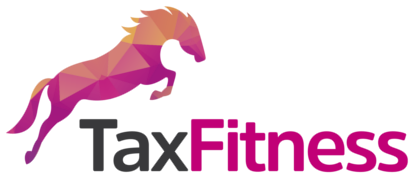Why 80% of suburban accounting practices are leaving money on the table — and how to fix it

In suburban accounting practices across Australia, a startling trend has emerged: around 80% of firms are generating minimal revenue from tax planning and business advisory services. Despite having loyal client bases and years of experience, these practices remain heavily focused on compliance work—BAS, tax returns, and financial statements—leaving significant revenue, profit, and business value untapped.
But here’s the opportunity: shifting to an advisory-first model could double a practice’s total fees.
The compliance trap
Most suburban firms operate in a cycle of deadlines—completing tax returns, meeting lodgement dates, and keeping up with the ATO’s demands. While this work is essential, it’s also commoditised. Clients shop around on price, not value. Profit margins are often thin, and firm owners find themselves working harder every year for the same or sometimes less reward.
Worse, this compliance-heavy model limits growth. There’s a ceiling on how many tax returns one team can prepare. And when growth relies purely on volume, burnout is inevitable.
Why advisory is the game-changer
Advisory services, especially tax planning and business advisory—are the key to breaking out of the compliance grind.
When done right, these services deliver immense value to clients. A simple tax planning strategy can save a business thousands, and good advice on structure, cash flow, or growth can be transformative. Clients are willing to pay for advice that improves their bottom line—and they’re more likely to stay loyal to the accountant who provides it.
Here’s the kicker: firms that aim to have 50% of their revenue come from advisory services often see their total fees increase by 100%.
This is because:
- Advisory work commands higher fees and margins.
- It builds deeper client relationships, leading to more referrals.
- It creates recurring revenue streams, especially when packaged as monthly or annual subscriptions.
- It increases goodwill value, as buyers place a premium on firms with advisory income.
The 50/50 revenue model
Adopting a 50/50 revenue model—where 50% comes from compliance and 50% from advisory—is both achievable and transformative.
Let’s break it down:
- If your current practice earns $400,000 in revenue, and 90% of that is compliance, you may only be generating $40,000 from advisory.
- Moving to a 50/50 model would lift advisory revenue to $200,000—a five-fold increase—and potentially increase total revenue to $600,000 or more.
- That extra $200,000 in high-margin revenue significantly improves profitability, cash flow, and business valuation.
Getting started
The transition doesn’t happen overnight, but it starts with a mindset shift. Stop seeing yourself purely as a compliance provider, and start positioning your firm as a trusted advisor.
Here’s how to start:
- Introduce simple tax planning services before 30 June.
- Offer quarterly business reviews to existing business clients.
- Package services into fixed-fee monthly subscriptions.
- Train your team to identify and recommend strategies proactively.
- Use tools and technology that streamline advisory delivery.
Final thoughts
If you’re in the 80% of suburban practices with minimal advisory revenue, now is the time to change. Advisory is not just a buzzword—it’s the future of the profession. It’s how you grow fees, increase profits, and build a practice that’s both valuable and sustainable.
Want help getting there? TaxFitness gives you the strategies, systems, and support to make advisory services the most profitable part of your firm.
"You’d be stupid not to try to cut your tax bill and those that don’t are stupid in business"
- Bono: U2




